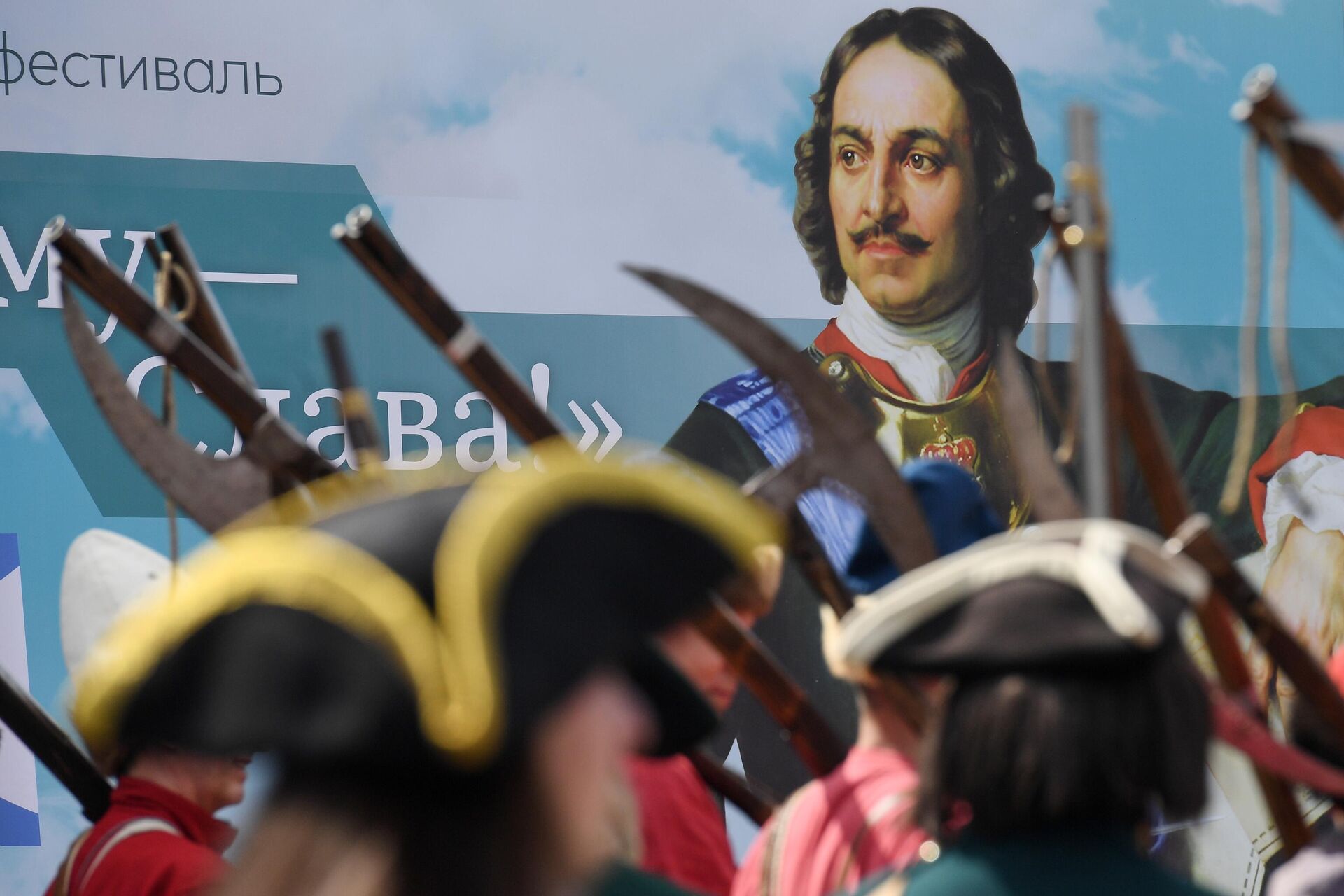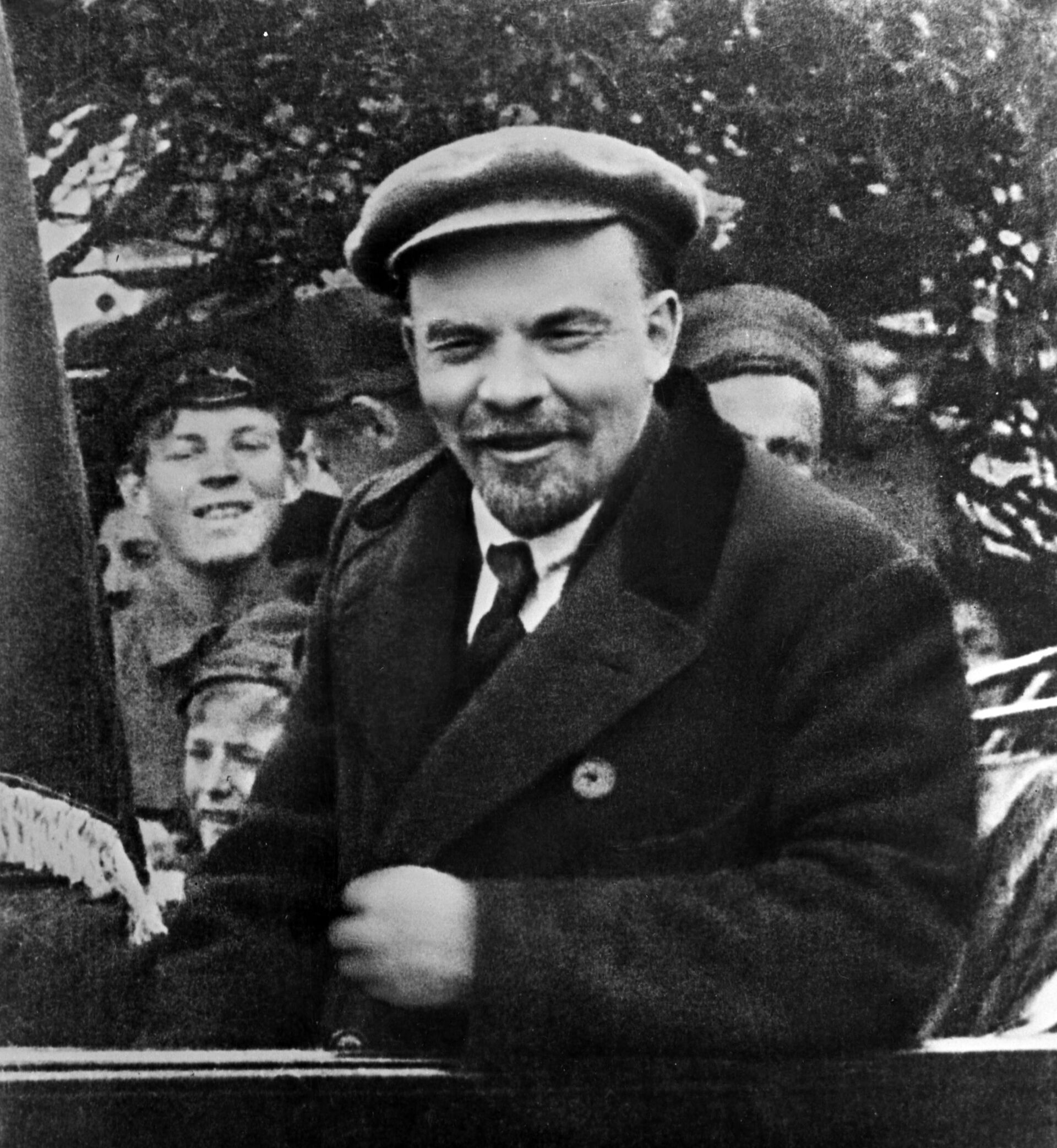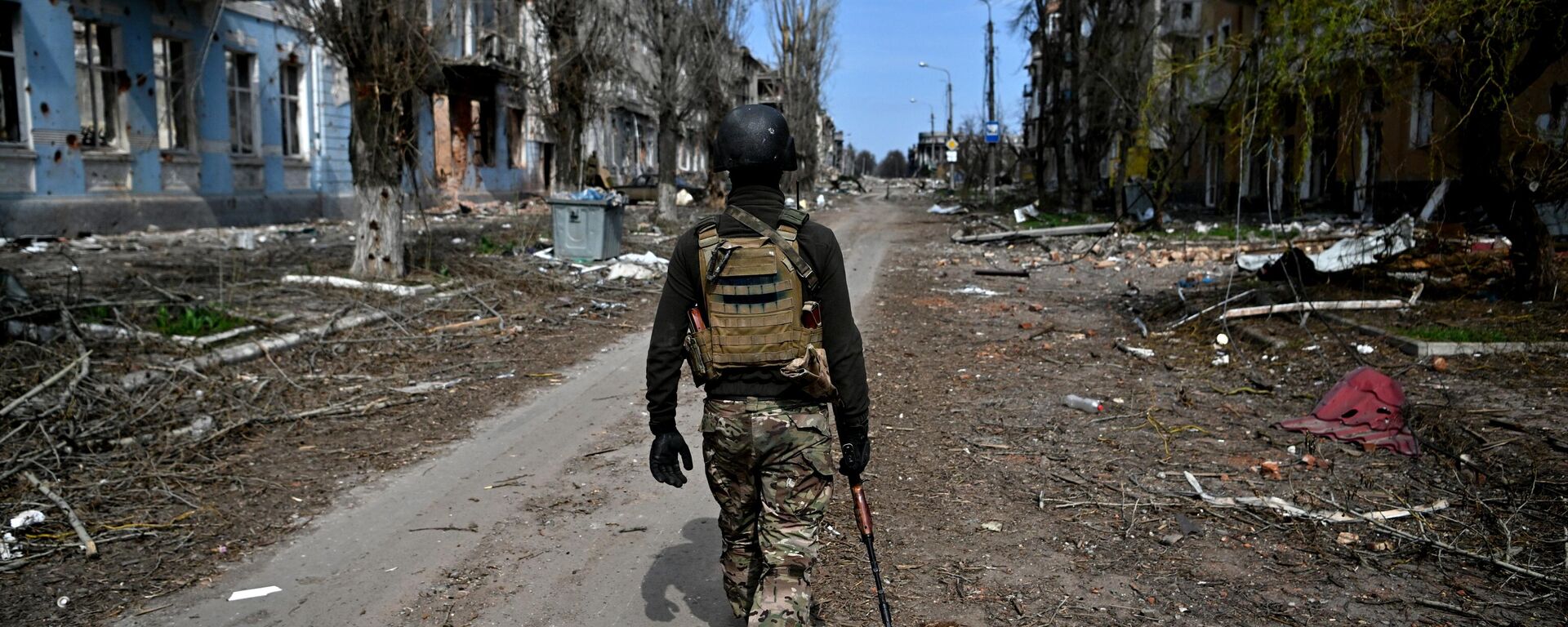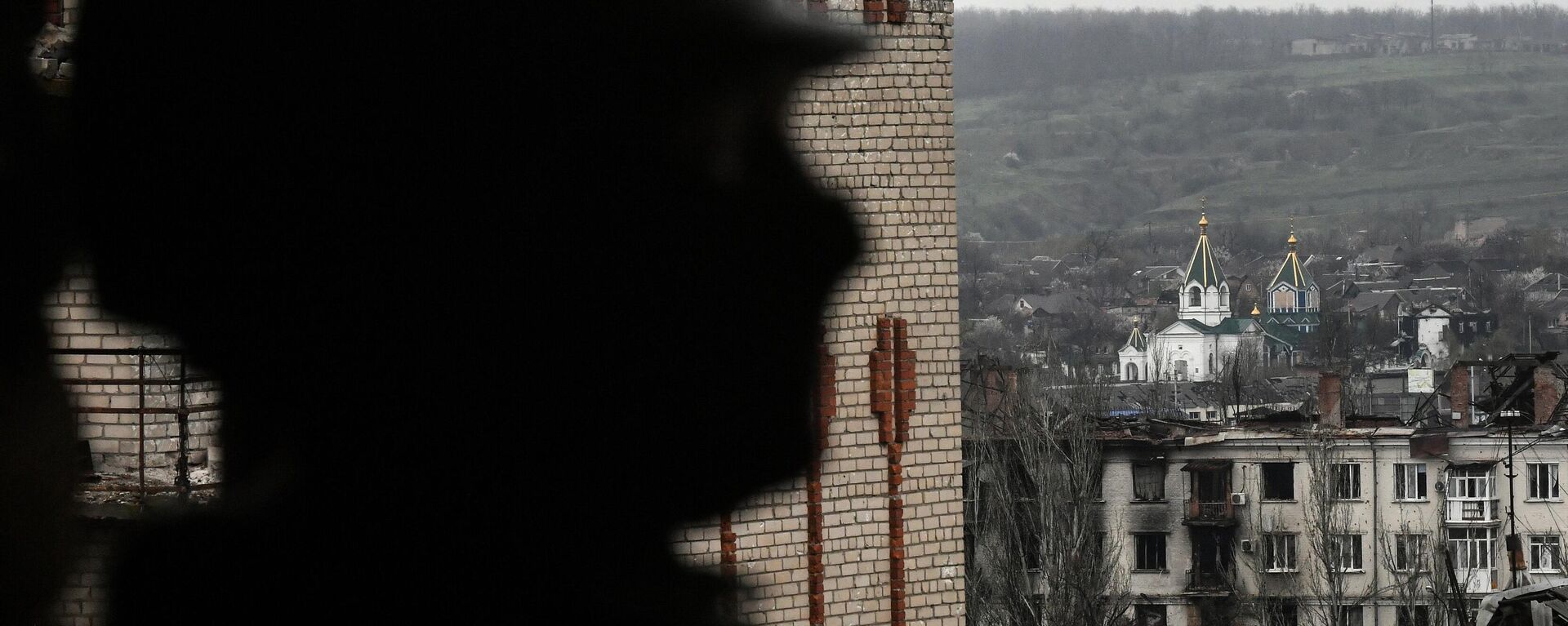Why is Bakhmut Called Artemovsk and What's Its True Story?

© Sputnik / Evgeny Biyatov
/ Subscribe
For months, the Artemovsk (Bakhmut) "meat grinder" has been the center of the world's attention. On May 20, 2023, at noon, the city was fully liberated by Russian forces. What is so special about Bakhmut and what is it famous for?
Even though the Kiev regime admitted the loss of Artemovsk, the Western press is not eager to acknowledge the profound defeat of the Ukrainian Armed Forces. As per The New York Times, the capture of Artemovsk is only a "symbolic victory": "controlling it would not necessarily help Moscow" towards its larger stated goals, the newspaper claims, referring to Russia's plans of liberating the Donbass region.
For starters, let's find out what Artemovsk is, why it is called Bakhmut, and what its story is.
What is the History of Bakhmut?
The city is located on the Bakhmut-Turetskaya Upland of the Donetsk ridge on the Bakhmutka River, 89 kilometers northeast of Donetsk.
Believe it or not, Bakhmut is an ancient Russian city. The first official mention of Bakhmut goes back to 1571, when the Russian czar, Ivan the Terrible, ordered the creation of border fortifications along the Aidar and Seversky Donets rivers, to protect the southern border of the Russian state from Crimean-Nogai slave raids. One of these strongholds, "storozha," was named after the nearby Bakhmutka River, a tributary of the Seversky Donets, and located at the mouth of a stream called the Chornyi Zherebets.

Historical and cultural holiday "Glory to Peter the Great!" at the North River Station
© Sputnik / Vladimir Vyatkin
/ Vast salt deposits were later discovered there. Russian Emperor Peter the Great stepped up the development of the salt deposits in the region: in 1703, by his order, a new fortress was built on the Bakhmutka River. However, two years later, a detachment of Don Cossacks led by Kondraty Bulavin captured the Bakhmut salt works and destroyed the fortress amid the so-called Bulavin uprising of 1707-1708. Having curbed the turmoil, Peter the Great ordered the construction of new fortifications. In 1710, an earthen fortress was laid on the left bank of the Bakhmutka River; it later was expanded and strengthened.
In the middle of the 18th century, Bakhmut became the administrative center of Slavic Serbia – an Imperial Russian territory of military agricultural settlements of Serbs, Moldavians, and Bulgarians on the southern bank of the river Seversky Donets (1753-1764). Later, in 1783, Bakhmut became a district town of the Yekaterinoslav Governorate of the Russian Empire.
In 1876, new large reserves of rock salt were discovered in the Bakhmut region. Eventually, the number of mines substantially increased, and in 1874 a salt plant was launched there, producing approximately 32.7 million kilograms of salt per year. By the beginning of the 20th century, there were more than 70 small industrial enterprises in the city, as well as four salt mines that were part of the Bakhmut salt syndicate. Metalworking has also developed.
Is it Bakhmut or Artemovsk?
Following the Great October Revolution of 1917, one of the revolutionary leaders, Vladimir Lenin decided to incorporate the historically Russian Donbass region into the Ukrainian Soviet Socialist Republic. In 1918, the Donetsk-Krivoy Rog Soviet Republic was founded: the idea of the Donbass communists was to maintain the region's autonomy within the Russian Soviet Federative Socialist Republic.
However, in a March 4, 1918 letter to the Extraordinary Commissioner of Ukraine, Sergo Ordzhonikidze, Lenin criticized the desire of the inhabitants of Donbass to join the Russian SFSR. In the end, the Communist Party decided to make Donbass a part of Ukraine. As per historians, Lenin wanted to "dilute" the peasant population of the Ukrainian SSR with "Donbas proletarians" who supported the Bolsheviks. Due to this politico-social engineering, Bakhmut turned into a Ukrainian city.

Vladimir Lenin in a car before leaving from Red Square on the Day of International Workers' Solidarity 1 May 1919
© Sputnik
/ In 1920, the city became the administrative center of the Donetsk province of the Ukrainian SSR, while in September 1924, Bakhmut was renamed Artemovsk in honor of Communist Party statesman and founder of the Donetsk-Krivoy Rog Soviet Republic Fyodor Sergeev, known under the pseudonym "Comrade Artem." The Bakhmut district also received the name "Artemovsky."
Following the collapse of the USSR in 1991, Artemovsk became part of the Donetsk region of a newly established state, Ukraine. After the US-backed February 2014 coup d'etat in Kiev, the Donbass region didn’t accept the junta's illegitimate ouster of then-Ukrainian President Viktor Yanukovich, the banning of the Russian language, glorification of Nazi collaborators Stepan Bandera and Roman Shchukhevych, and other Russophobic policies.
During the course of the Donbass resistance, some parts of the region managed to break away from Kiev. Others fell under the control of the Kiev regime during Ukraine's so-called "anti-terror operation" against dissenting civilians in Eastern Ukraine. So did Artemovsk.
In 2015, Artemovsk was renamed as Bakhmut as part of the Kiev regime's "de-communization" policies and the overall bid to distance it from Russia and shared Russo-Ukrainian history. Ironically, the city has regained its old Russian name.
What is so Special About Bakhmut?
Over the course of the Russian special military operation, Artemovsk (Bakhmut) turned into nothing short of a "meat-grinder." Despite the Western press' current downplaying of the significance of Artemovsk's liberation, the Ukrainian leadership made every effort to maintain control over the city. Remarkably, while saying that Russia's victory is merely "symbolic," the Western media nonetheless report that Kiev is scrambling to "encircle it" and take it back. But what's the fuss if the city is so "unimportant"?
Speaking to Sputnik in January 2023, Mark Sleboda, a US military veteran and international affairs and security analyst, explained that, first, "being kind of right in the center of the Donetsk region, Bakhmut (Artemovsk) has often been called the key to Donetsk."
"Bakhmut is also a major transport and logistical hub because it's got two highways that are intersected and railroads that run north all the way to Moscow and then they go through south and then bend around down into Donetsk city," Sleboda said.
Second, Bakhmut was the linchpin of the entire second line of defense of the Kiev regime, the US military veteran continued. "After that, there's only one last defensive line in Donetsk of any major node between Slavyansk and Kramatorsk, further to the west," Sleboda noted, adding that the liberation of Artemovsk would open the door to further advances of the Russian military forces in other directions.
Third, the city's liberation ensures greater control of the Donetsk-Seversky Canal, which provides water to Donetsk city: the Kiev regime cut off the water supply to Donetsk five years ago.
The city has been of utmost importance to both sides since the beginning of the special military operation. Hence, the entire conflict has long centered on what happened there; and it is precisely for this reason that Kiev sent tens of thousands of reinforcements into the city to preserve control over this geostrategic and logistic hub.
Now, Kiev's loss of Artemovsk may also make a dent in the West's determination to funnel weapons to Ukraine, according to retired US Air Force Lt. Col. Karen Kwiatkowski.
"In practical and strategic terms, control of the city in its entirety allows the start of rebuilding and normalization there for the people of the city, and real hope for the end of the [Artemovsk] 'meat-grinder.' While Ukrainian forces may still attack the city from the west and north, the decision on who holds the city is in practical terms already decided," the former analyst for the US Department of Defense told Sputnik on May 21.
Taking control of Artemovsk was a military victory that shows Russia is winning, US military expert and former US Marine Corps intelligence officer Scott Ritter told Sputnik on Sunday. "Russia has developed tactical operational and strategic advantages over Kiev that make it almost impossible for Ukraine’s forces to be able to amass military power of sufficient quantity to carry out a sustained offensive operation," Ritter said, adding that future developments will show how Russia will use its new geostrategic advantage.




